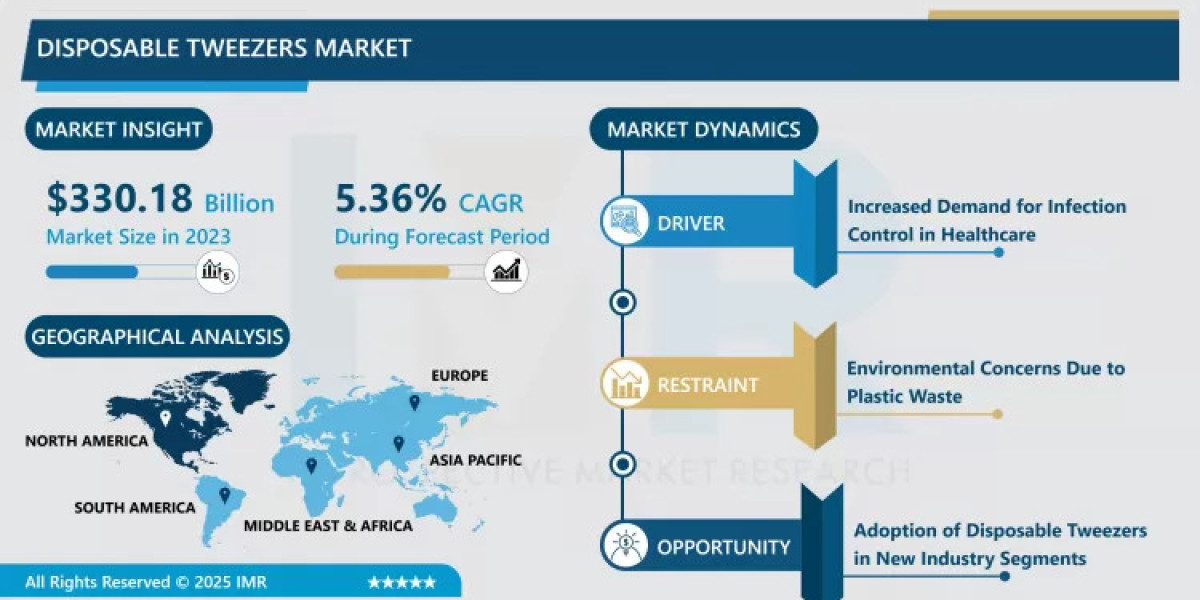Semiconductor Bonding: A Key Process in Electronics Manufacturing
Introduction
Semiconductor bonding is a critical process in the manufacturing of integrated circuits (ICs) and microelectronic devices. It involves connecting a semiconductor die (or chip) to its package or substrate, ensuring that the electrical signals and power are efficiently transferred between the device and the external system. This bonding process plays a significant role in the performance, reliability, and miniaturization of electronic components, making it essential in everything from smartphones to high-performance computing systems.
Semiconductor Bonding Market Size was valued at USD 0.7 billion in 2021. The Semiconductor Bonding market industry is projected to grow from USD 0.72 Billion in 2022 to USD 0.89 billion by 2030, exhibiting a compound annual growth rate (CAGR) of 3.11% during the forecast period (2022 - 2030).
Types of Semiconductor Bonding
1. Wire Bonding
Wire bonding is one of the most widely used semiconductor bonding techniques. In this process, fine wires (usually made of gold or aluminum) are used to connect the semiconductor die to the package or substrate. The wires are typically bonded using thermal or ultrasonic energy. Wire bonding is known for its cost-effectiveness and reliability, making it a popular choice for various electronic applications, especially in consumer electronics and automotive systems.
2. Flip-Chip Bonding
Flip-chip bonding involves attaching a semiconductor die directly to the substrate with the active side facing down. This technique allows for higher density packaging and improved electrical performance. Flip-chip bonding is often used in high-performance applications such as graphics cards, processors, and memory devices. This method provides lower inductance and shorter signal paths, contributing to faster data transfer rates and better overall performance.
3. Wafer Bonding
Wafer bonding is a process in which two semiconductor wafers are bonded together to create a single structure. This technique is particularly useful in MEMS (Micro-Electro-Mechanical Systems) and microfluidic devices, where precise bonding is necessary. Wafer bonding can be achieved using various methods such as direct bonding, adhesive bonding, or eutectic bonding, depending on the specific application requirements.
4. Adhesive Bonding
Adhesive bonding uses special materials, such as epoxies or other polymers, to connect the semiconductor die to its package or substrate. This method is commonly used in low-cost applications where the requirements for electrical performance and mechanical stress resistance are less stringent. Adhesive bonding is often chosen for large-scale consumer electronics, such as mobile phones and televisions.
Market Segmentation for Semiconductor Bonding
By Bonding Type
- Wire Bonding: Predominantly used in low-cost, high-volume applications, wire bonding remains one of the most common bonding methods due to its reliability and cost-effectiveness.
- Flip-Chip Bonding: Essential for high-performance applications, flip-chip bonding is gaining popularity in sectors like computing, telecommunications, and automotive electronics.
- Wafer Bonding: Widely used in MEMS devices, optoelectronics, and sensors, wafer bonding is growing in demand as the need for advanced microelectromechanical systems increases.
- Adhesive Bonding: Commonly used for low-cost consumer electronics, adhesive bonding continues to be used in mass-market products due to its ease of implementation.
By Application
- Consumer Electronics: The consumer electronics industry remains the largest user of semiconductor bonding techniques, particularly in smartphones, tablets, and wearables. Bonding technologies such as wire bonding and flip-chip bonding are critical to ensuring that devices are compact, efficient, and reliable.
- Automotive: The automotive sector is increasingly adopting advanced semiconductor bonding technologies for applications in electric vehicles (EVs), sensors, and infotainment systems. High-reliability bonding methods are essential to ensure safety and long-term performance in automotive applications.
- Telecommunications: In telecommunications, semiconductor bonding is used to manufacture components such as power amplifiers, RF chips, and networking equipment. The performance of these components is critical to ensuring fast and reliable communication systems.
- Healthcare and Medical Devices: The medical industry is adopting semiconductor bonding techniques in the development of medical sensors, diagnostic equipment, and implantable devices. These applications require precise and durable bonding for reliable operation.
- Industrial Applications: Semiconductor bonding is used in industrial control systems, robotics, and power systems. As the need for smart and automated manufacturing increases, bonding technologies that ensure durability and performance under harsh conditions are in high demand.
By End-User
- Consumer Electronics Manufacturers: The largest consumers of semiconductor bonding technologies, as they rely on these techniques to build compact, reliable, and high-performance devices.
- Automotive OEMs (Original Equipment Manufacturers): Automakers incorporate advanced bonding methods to enhance the performance and durability of automotive electronics, including sensors, control systems, and infotainment systems.
- Medical Device Manufacturers: Semiconductor bonding is critical for ensuring the reliability and performance of medical devices, including sensors and diagnostic tools, which are essential in healthcare applications.
- Industrial Equipment Manufacturers: Semiconductor bonding plays a crucial role in the development of industrial devices and systems, particularly those used in automation, power generation, and control systems.
Advantages of Semiconductor Bonding
- Compact and Reliable Designs
Semiconductor bonding allows for the miniaturization of electronic components, which is essential in producing smaller, more efficient devices. This process also ensures that the components remain reliable, even in demanding conditions. - Improved Electrical Performance
Bonding technologies like flip-chip bonding allow for shorter electrical paths, reducing resistance and inductance. This results in improved electrical performance, which is essential for high-speed and high-frequency applications. - Cost Efficiency
Wire bonding and adhesive bonding are relatively low-cost methods compared to other semiconductor bonding techniques. This makes them ideal for high-volume consumer electronics, where price sensitivity is crucial. - Increased Durability
Proper bonding techniques ensure that semiconductor components remain secure and operational throughout their life cycle, even in harsh environmental conditions such as high temperatures and mechanical stress.
Challenges in Semiconductor Bonding
- Complexity in Process
Some semiconductor bonding techniques, such as flip-chip bonding and wafer bonding, require highly precise and complex processes, which can increase manufacturing costs and time. - Material Compatibility
The materials used for bonding must be compatible with both the semiconductor die and the substrate or package. Ensuring proper adhesion and electrical conductivity can be challenging, especially when working with different material types. - Temperature Sensitivity
Many semiconductor bonding processes require specific temperature conditions to ensure that the bonds are secure. High temperatures can potentially damage the delicate semiconductor components, requiring careful temperature control during the process.
Future of Semiconductor Bonding
As the demand for smaller, faster, and more reliable electronic devices continues to grow, the semiconductor bonding industry will need to evolve. Advances in materials, bonding techniques, and automation will enable even greater miniaturization and performance improvements. Additionally, new technologies such as 3D stacking and heterogeneous integration will push the boundaries of semiconductor bonding, enabling the next generation of high-performance electronics.
Semiconductor bonding is an indispensable part of modern electronics manufacturing. Whether it’s wire bonding for low-cost applications or flip-chip bonding for high-performance systems, this technology ensures that electronic devices are compact, reliable, and efficient. As electronics continue to evolve, semiconductor bonding will remain a critical process that enables the development of next-generation technologies across a variety of industries.
Get Related Reports:
Autonomous Mobile Robots For Intralogistics Application Market |








